Surcharge
de stress
Maux de tête liés au stress
LE STRESS EST PARTOUT !
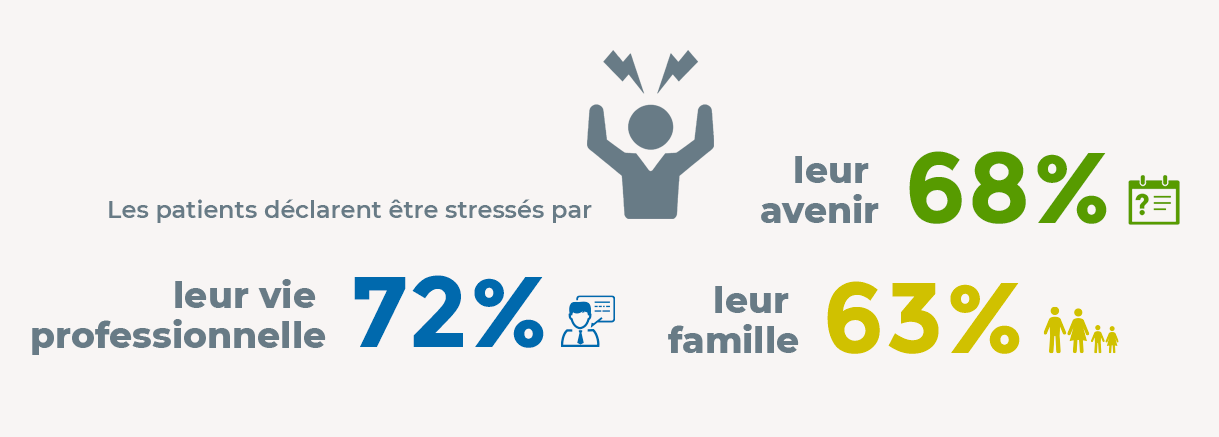
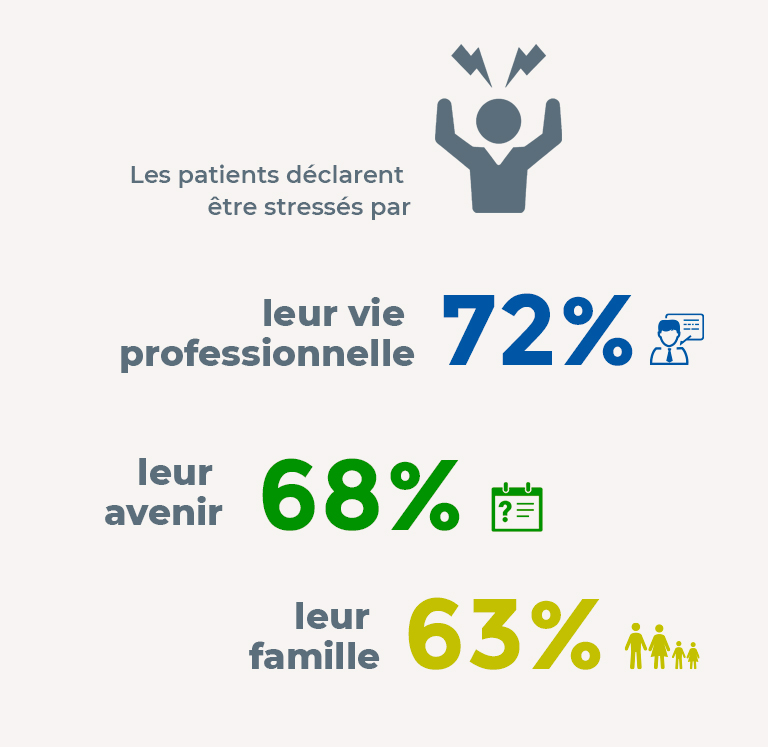
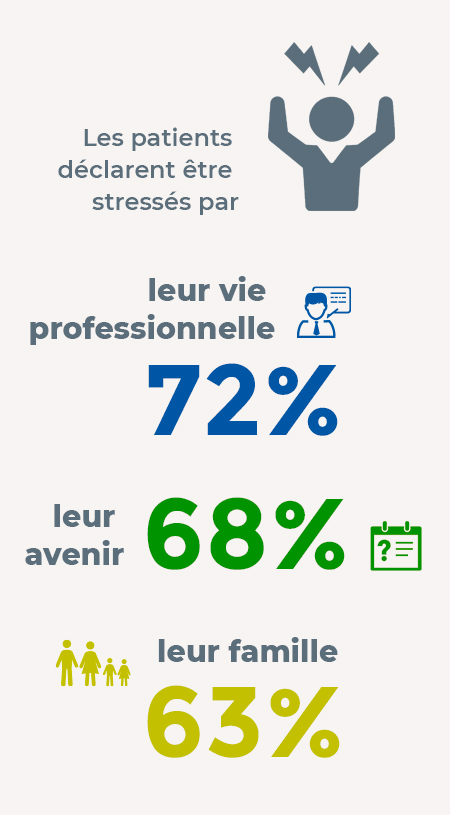
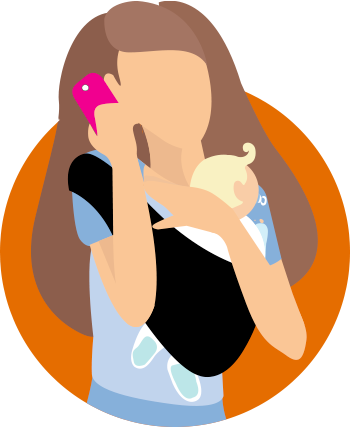
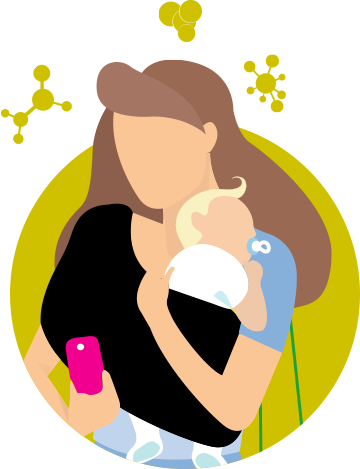
Sécrétion d’hormones
du stress
(cortisol, adrénaline,
noradrénaline) (2-4)
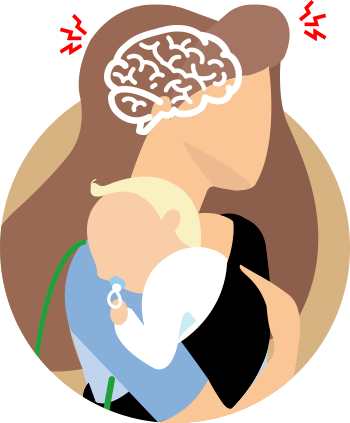
Hypersensibilisation
du cerveau à la douleur (5-7)
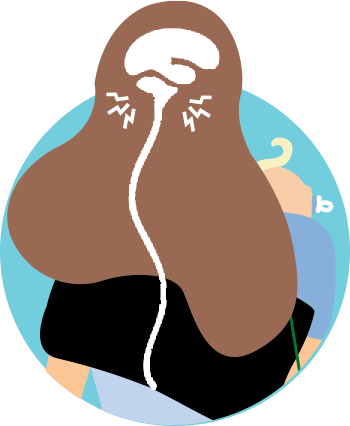
Neuroinflammation
(Relargage de cytokines) (7-10)
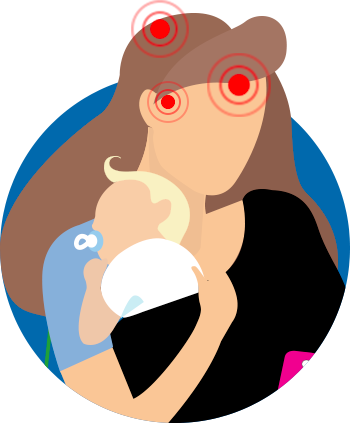
Augmentation de
la fréquence et de
l’intensité des céphalées
de tension (9-11)
1.Enquête Harris interactive (2019). Les Français et le stress.
2.Chowdhury D (2012). Tension type headache. Ann Indian Acad Neurol. 15(Suppl 1): S83–S88.
3.Hirotsu C et al. (2015) Interactions between sleep, stress, and metabolism: From physiological to pathological conditions. Sleep Sci. 8:143-152.
4.Brown RE et al. (2001) The physiology of brain histamine. Prog Neurobiol. 63 (6) : 637-672.
5.DosSantos MF et al. (2014) The role of the blood-brain barrier in the development and treatment of migraine and other pain disorders. Front Cell Neurosci. 8:302.
6.Setiadi A et al. (2018) The role of the blood–brain barrier in hypertension. Exp Physiol. 103:337-342.
7.Orchard TS et al. (2017) Clearing the fog: a review of the effects of dietary omega-3 fatty acids and added sugars on chemotherapy-induced cognitive deficits. Breast Cancer Res Treat. 161:391-398.
8.da Silva EZM et al. (2014) Mast Cell Function. J Histochem Cytochem. 62:698-738.
9.Gupta K et al. (2018) Mast cell-neural interactions contribute to pain and itch. Immunol Rev. 282:168-187.
10.Theoharides TC et al. (2019) Mast cells, neuroinflammation and pain in fibromyalgia syndrome. Front Cell Neurosci. 13:353.
11.Matsuda M et al. (2019) Roles of Inflammation, neurogenic inflammation, and neuroinflammation in pain. J Anesth. 33:131-139.
7000031489-12/20
